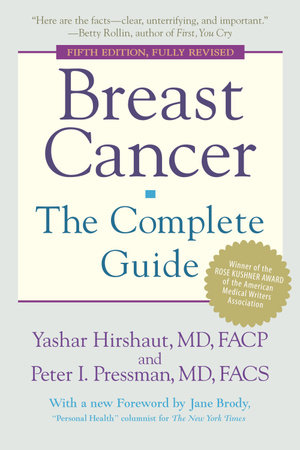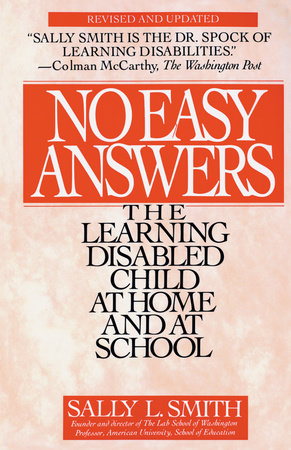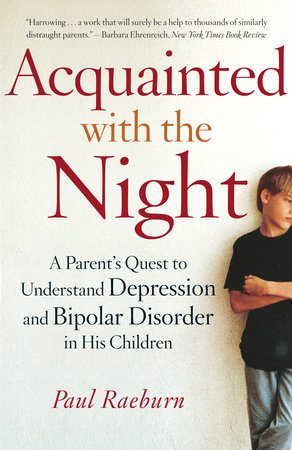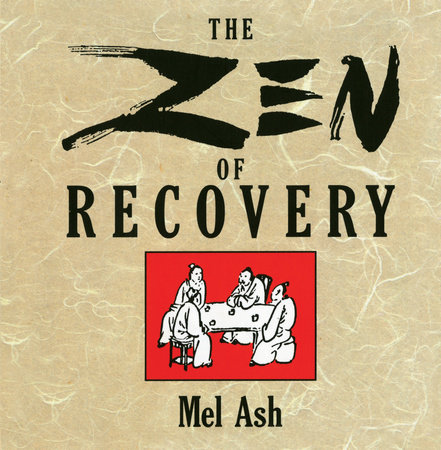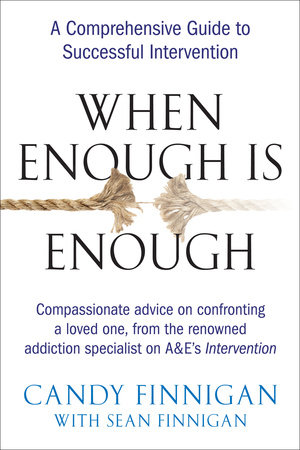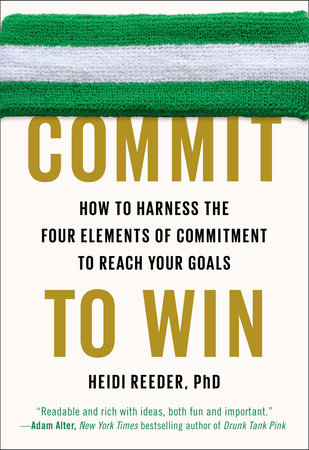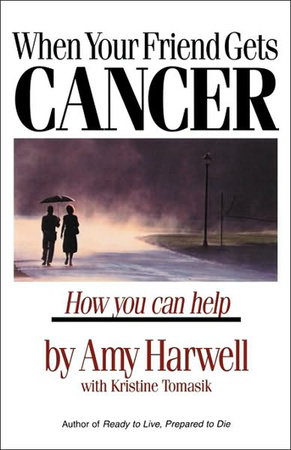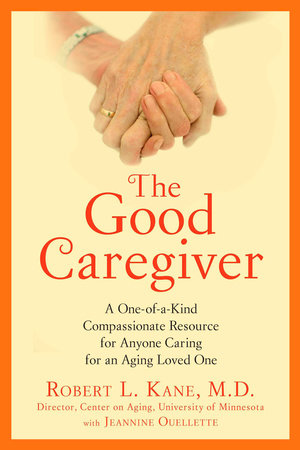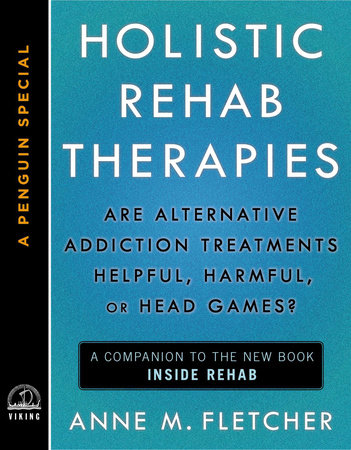Author Q&A
Most people know that October is Breast Cancer Awareness month. As experts in the field, what would you say is the #1 thing for women, and men, to be aware of in preventing or treating breast cancer?
Research continues to confirm that eating well, being physically active and following screening recommendations is the best advice. Mammography continues to be the most effective tool available to protect women from breast cancer. If there is breast cancer in the family, earlier screening and intervention are increasingly effective in disease prevention and cure. A family history of breast or ovarian cancer should motivate genetic testing.
The new research into the role that genetics plays in cancer occurrence is fascinating. Can you tell us more about some of the recent findings and breakthroughs, and inform the readers of Breast Cancer: The Complete Guide how this informs the new edition?
The impact of genetic discoveries on breast cancer is just starting to be felt. Today, the two genes which in their abnormal forms have already been identified as causes of familial breast cancer, BRCA1 and BRCA2, account for as many as 5% of all new breast cancers. Learning more about how these genes work will help us discover what genetic changes lead to non-familial breast cancers as well. It is now so important that in Breast Cancer: The Complete Guide, 5th Edition, there is an entire separate chapter devoted to GENETICS. The surgical and medical approaches to preventing breast and ovarian cancers are outlined in the PREVENTION chapter.
Many breast cancers have abnormal genes or abnormal amounts of specific genes. The best known of these genes, HER-2, affects the growth rates of tumor cells and their response to hormone and drug treatments. Knowledge of the role of HER-2 resulted in the development of a drug that has reduced the risk of recurrence of HER-2 positive tumors by 52%. Recent developments in identifying other such gene targets and preparing drugs against them are presented in the new edition. Attacking multiple abnormal gene targets is one way in which advanced breast cancer may be cured or converted to a chronic non-life threatening illness.
Finally, research has identified abnormal sets of genes which are associated with the likelihood of recurrence. One of these gene sets now available is the Oncotype test. A randomized clinical research trial is now underway to see if Oncotype results can tell us whom to treat with chemotherapy and who can avoid such treatment. In the book we explain such tests and the potential contributions they can make to tailoring treatments to the needs of individual patients.
There is a familiar saying: “Knowledge is Power.” How will Breast Cancer: The Complete Guide empower patients?
Discovering one has cancer is very frightening and at least temporarily disabling. It is a new and dangerous world about which most people know something—but not enough to make the important decisions that suddenly confront them. An informed patient is best positioned to receive the best treatment. Breast Cancer: The Complete Guide can be read in its entirety at once, but, it is designed to take each person step by step through the journey from discovery through diagnosis and treatment. Our book provides the information she (or he) needs in a well-organized, clearly explained and reassuring form. It is a companion that they can rely on at every step of the journey to restored good health.
In many communities, the local medical expert is the authority. How can another doctor use this book to augment her/his support throughout a patient’s experience? Why would a trained medical professional benefit from reviewing this new edition?
Doctors who must counsel patients with newly discovered breast cancer can use our book as a tool to help patients understand what they are confronting and how to deal effectively with the challenges they may face along the way. Breast cancer treatment now involves so many specialties that most doctors cannot know all the information presented in the book. It is a repository of the most up to date and comprehensive information on chemotherapy, hormone therapy, and targeted therapy as well as diagnostic procedures, surgery, radiation therapy and new directions in research and clinical trials.
In the foreword to your book noted “Personal Health” columnist for The New York Times, Jane Brody, states “Now is the time to replace fear with facts…. No more ‘one size fits all’ [treatments].” What are the facts that can replace the fear? And what are a few of the factors that have changed treatment options, for a more individualized approach?
Most women who develop a breast cancer will live long and productive lives. In the 1960s the five-year survival rate was 62%. At present, the five year survival is 88.5%. More and more people are being cured.
In addition, as treatment options improve, women no longer have to fear that the cure will be worse than the disease. Oncoplastic surgery, which combines techniques for optimal removal of tumor with those that provide the best cosmetic results, offers many women a chance to retain attractive breasts while having the surgery they need. Lumpectomies are more frequently done than mastectomies. For some women, particularly where there is a gene mutation, mastectomies may be advised but for others immediate breast reconstruction can retain a near-normal appearance. The fear of arm swelling after lymph node removal has markedly diminished because of the use of the sentinel node biopsy procedure.
Changes continue: is there something (a treatment, new information) on the horizon that brings even greater hope to women and men everywhere?
This is the Fifth Edition of Breast Cancer: The Complete Guide. Starting with the Second Edition (in 1996) we have changed about one third of the book with each edition. That speaks to the rapid progress that is being made in our understanding and treatment of breast cancer.
Promising progress is being made in our understanding of the causes of breast cancer. As noted earlier, the study of genes is the perfect example. Knowing about a gene mutation makes it possible to reduce the risk of developing a cancer. The use of MRI in screening has also made it possible to discover earlier cancers and institute preventive programs. It is also very important that we are learning more about how genes interact with each other in groups providing the intricate web of functions that are needed to keep a cell normal. At the same time we are learning about the influence of environmental factors on gene stability. This is known as the field of epigenetics.
Delving into the perilous art of predicting the future, the next major advance in our efforts to cure breast cancer is likely to come from the discovery of a number of drugs that can target genetic or epigenetic pathways; these would be protocols and combinations used as we now use combined treatments in the long-term control of AIDS–in some ways a much more insidious disease. The ultimate aim in our focus on genetics is to identify an abnormality and correct it with an injection.
As authors (in addition to being respected doctors) what do you hope a reader gains from Breast Cancer: The Complete Guide, 5th Edition?
Many of our patients have told us this book has helped them along the journey to regained health. We set out to create a book that would serve the breast cancer patient very much like the way Benjamin Spock’s book has served new mothers for many decades–instilling a sense of security in our readers, and the confidence to know how to select doctors, and to ask questions, and to make intelligent decisions about their individual care.
To meet our obligations we have worked hard with each edition to revise the book to provide the most recent information in a comprehensive way while keeping the language clear and the contents reader friendly. The Fifth Edition represents our greatest effort yet to provide our readers with what they need to know.
